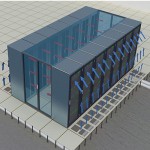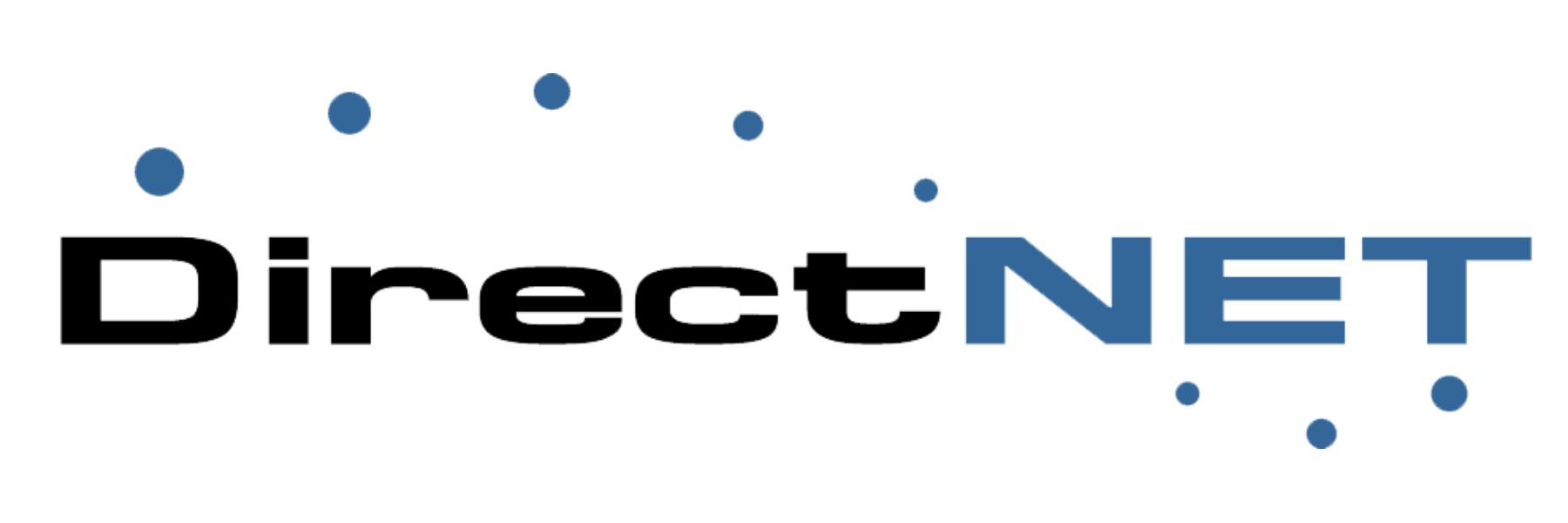Arranging your data center racks in a Hot-Aisle/Cold-Aisle layout enables cool air to efficiently flow to the server intake and hot air to be exhausted out of the back of the racks.
Articles by 42U
Hot Aisle Containment

Exhausting hot air away from your servers with Hot Aisle Containment solutions eliminates bypass airflow issues and reduces data center energy consumption and lowers your related power costs.
DCEP: Data Center Energy Productivity
Since the 2007 EPA Report to Congress on Server and Data Center Energy Efficiency was published, much has been written on improving energy efficiency in critical facilities. Many of the conversations, until now, have addressed efficiency without productivity. While PUE and DCiE focus primarily on infrastructure- the mechanical and electrical systems that support the data
Water-Side Economizer

Utilize “Free Cooling” to reduce carbon emissions while lowering operational cost with Water-Side Economizers Limiting chiller operation-a practice dubbed “free cooling”-is intriguing, for “reducing the number of hours of chiller operation has a larger impact on lowering energy use in a facility than by selecting a more energy-efficient chiller” (Sorell, 2007). Users with an existing
Air-Side Economizers

Utilize “Free Air” to significantly reduce your operation costs by implementing Air-Side Economizers One of the most exciting and talked about best practices for data center efficiency is often labeled “free cooling”-the use of Air-side Economizers to dramatically reduce your HVAC related energy consumption and costs. Air-Side economizers have become a talking point, it seems,
Data Center Performance
Applying Data Center Performance Measurement to Mitigate Challenges Abstract: Measuring data center performance is vital to maintaining the network and system availability that internal customers expect. Data center managers need to be able to track and assess equipment availability, assess and manage critical facilities, and measure data center energy consumption. Monitoring solutions, remote management products,
Energy Efficiency Best Practices
Electricity expense has become an increasingly important factor of the total cost of ownership (TCO) for data centers. Energy consumption of typical data centers can be substantially reduced through design of the physical infrastructure and IT architecture. Electrical power usage is not currently a typical design criterion for data centers. Historically, it has also been
Remote Server Best Practices
Best practices in Remote Server Management Use of service processors in remote management solutions. Q. How do most of our customers currently access and manage their servers? A. Our clients access and manage their servers in several different ways, including using KVM over IP, Console Servers, Remote Desktop Protocol (RDP), Virtual Network Computing (VNC), Terminal
Capacity Planning
Capacity Planning is an essential aspect to creating, expanding, or optimizing a Data Center Capacity planning is an essential aspect to creating, expanding, or optimizing a Data Center. There are five main factors that you need to consider when performing capacity planning. Below is a discussion of some of the trends within these areas that
Power Strategies for Data Center Efficiency
In a survey conducted by the Uptime Institute, enterprise data center managers responded that 42% of them expected to run out of power capacity within 12-24 months and another 23% claimed that they would run out of power capacity in 24-60 months. Greater attention to energy efficiency and consumption is critical. In this presentation Steve




